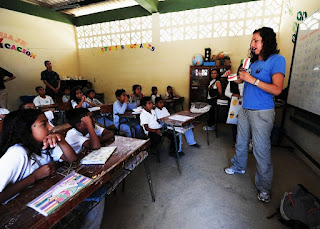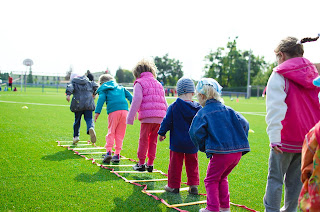Beyond Lectures: Can Doing Replace Listening in Education?

For generations, education has been synonymous with listening. Students sit in classrooms, absorbing information delivered through lectures, presentations and textbooks. But is this passive approach the most effective way to learn? Can doing replace listening as the primary mode of knowledge transfer? Motor Hours in Learnography The sheer amount of time dedicated to listening is staggering. From kindergarten to a master's degree, a student could spend an estimated 19,200 hours glued to the speaker's voice. While listening plays a crucial role in building a foundation of knowledge and acquiring information, concerns are mounting about its limitations. Limitations of Listening Hours Passive engagement : Lectures can often devolve into one-way information dumps, failing to actively engage students and their different learning styles. Limited application : Memorization for tests might become the focus, hindering the ability to apply knowledge in real-world scenarios. Individual...









